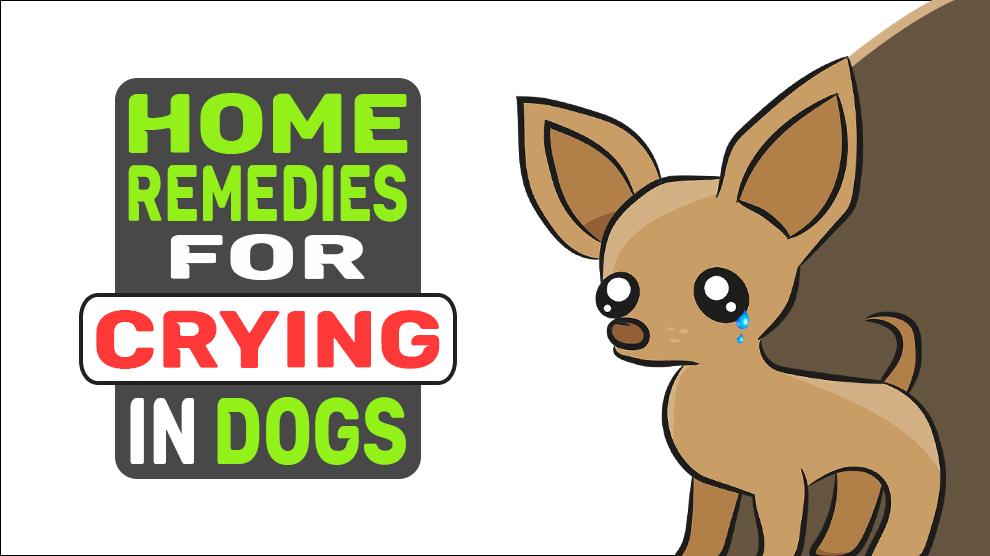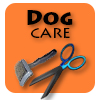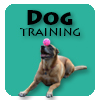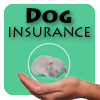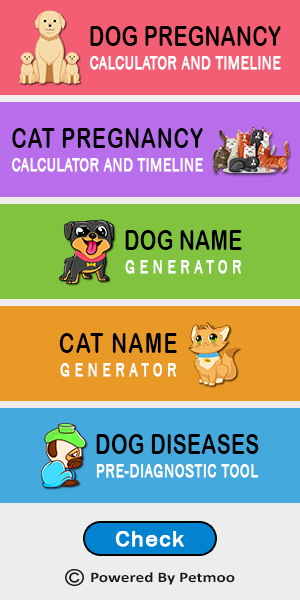Possible Diseases For Crying
- Disc Disease - Read More -> Disc Disease In Dogs: Causes & Symptoms
- Gastrointestinal Foreign Bodies - Read More -> Gastrointestinal Foreign Bodies In Dogs
- Intussusception - Read More -> Intussusception In Dogs
- Esophageal Strictures - Read More -> Esophageal Strictures In Dogs
- Mastitis - Read More -> Mastitis In Dogs - Symptoms, Treatment & Prevention
- Patellar Luxation - Read More -> Patellar Luxation In Dogs
Home Remedies For Crying
1. Find Out The Cause Of Your Dog’s Whining:
When you identify the cause of your dog's whining, you can decide on a suitable modification response. Put into operation other products and procedures that can help your dog to be calmer. A dog that is scared or stressed may cry. Look for the signs that indicate your dog may be scared. This includes lip licking, cowering, being clingy, yawning, tail tucking, pacing back and forth as well as the dog may try to avoid or get away from the reason or things that make it scary. This may take more time to train your dog that ‘fearful’ objects are not so ‘fearful’ after all. Working with a professional, reward-based trainer may be helpful.
2. Respond Selectively To Your Dog's Crying:
under certain circumstances, give your dog what it wants. For instance, when your dog whines to go outside to urinate, it's better to let it out or leash it up instead of enforcing indoor elimination behaviors.
But it's best to disregard it if you think that there's no real need for it. Owners can even take this chance to practice the "quiet" command.
3. Avoid Inadvertently Encouraging Your Dog To Cry:
When you're quite sure that your dog wants something like food or attention, transmit it to another activity before giving in. Preferably, make your dog quietly lie down or sit; then reward it with a treat or attention and praise.
4. Designate A Comfortable Doggy Zone For Your Pet:
Dogs spend about half of their lifetime sleeping, consequently comfort counts! Create a soft, soothing bed in the center of your doggy zone.
Provide a comfortable space such as a small area located in a safe area away from doors and fill it with plenty of food, water, treats, and comforting items like familiar toys.
Help the dogs to build a positive association with this private space. Ensure your dog is getting adequate exercise needs and add enrichment into their environment with Snufflemats, lures, puzzle toys, and other novel toys.

